#DontGetBlocked
The world of social media is all fun and games–until it’s not.
Take a moment to ask if the content being posted can be harmful to others.
“Students… I think you’re all so awesome, I really do… but I don’t need messages saying, ‘yo, I’m sliding, call off school’ or ‘I fell and I’m gonna sue you.’ Please, let it be.” Eric Knost, Rockwood superintendent, posted in a tweet, Jan. 11.
Although most of the content is in a joking manner, Knost is often the subject of inappropriate and disrespectful tweets from students when he chooses not to call a snow day in times of inclement weather. Under Knost’s tweet, students using both personal and anonymous accounts posted memes and textual tweets that do the exact thing that Knost requested to stop.
“I know you want a snow day,” Hannah Hiles (10) said. “But first it’s not going to do much as a child in the school district, and second it just kind of looks bad on you to be tweeting bad things at a superintendent.”
These tweets can definitely be considered a source of entertainment, as shown with the many controversial tweets of President Donald Trump, but they also speak to the issue of social media responsibility.
“He handles it in a way that is respectful and shows manners and–for a person of that stature in our school district–is a great role model, ” AnnMarie Gilman, 10th grade principal, said. “But it is really disappointing to see when students, even given information and instruction on how to handle those things, make the choice to do the opposite.”
A Pew Research Center poll suggested that 94% of teens who go online use a mobile device to do so daily.
As teens and young adults experience such direct exposure to online content, the influence of the internet becomes too difficult to resist.
“Social media is a place that just about everyone is on daily,” Macy Highfill, organizer of Rachel’s Challenge, said. “It’s important that when someone opens their phone, depending on whether it’s a good day or a bad day, what they see is something positive because it can definitely change their day and their point of view at the time.”
No matter the intention of a post, social media can influence anyone who sees the post.
At least 71% of teens have accounts on more than one social media platform. More platforms naturally means more people who can be impacted or influenced by a post.
“When people spread negativity, it kind of sets a precedent,” Avery Hanson (10) said. “They’ve seen people who they know or admire spread negativity, and then they spread negativity.”
For something that’s such a big part of the everyday lives of the current generation of young adults, negotiating one’s day without being impacted in some way by online drama, whether through bullying or exposure to inappropriate content, is a real challenge.
“It’s discouraging because they’re going to be the ones harnessing the power of social media in the future,” Brent Pearson, Social Studies, said. “Yes, adults use it and more and more adults are getting on it, but it’s the young people that are growing up in this era of YouTube, Twitter, Snapchat, Instagram, facebook that are going to be utilizing it for good.”
Nearly 43% of teens admit to having been cyberbullied in some way and 25% have been cyberbullied more than once.
“The downfall with social media and negative messages is that you don’t have that dialogue that it takes to understand someone’s viewpoint,” Kristina Raymond, Guidance, said. “You just read something, and you jump to conclusions about what their tone of voice was or what their past experiences were that brought them to that conclusion.”
Without face to face conversation, anything can be misinterpreted and can bring about concern.
“I’ve been in situations where my friend posted something that really put them out there on the spot,” Kai Pardue (12) said. “I knew that other people might judge them for it and make them feel bad. I almost just wanted to tell them to delete it and call me so that we can talk about it.”
The poster may feel good about their content, but their peers are the ones who see the content without context.
“I hesitate sometimes to allow students to even take pictures in the classroom because you never know how something can be misconstrued,” Jeanette Oberg, French, said. “Anything you say, or a Snapchat where there’s an item visible in the background or something, it can take on a new meaning.”
Anything can provoke unwanted interactions and feelings.
“My daughter has come to me and shown me when she had friends that did inappropriate things and they took pictures and posted them,” Carolyn Baremore, Science, said. “I try to use it as a teachable moment, but it still hurts to watch her be so disappointed and upset.”
Even if the intent wasn’t to do harm, it cannot replace the feelings of who is holding the phone.
“It goes back to intent vs. impact,” Jennifer Strauser, associate principal, said. “What you intended to say doesn’t matter, but the impact of what you said or posted or liked or didn’t like has a huge difference.”
Misinterpretations lead to conflicts.
“I didn’t post anything but I commented under my [YouTube] account on something,” Cameron Warner (11) said. “I wasn’t necessarily talking bad but I was speaking the truth about this car dealership that’s pretty known to be sketchy and to rip people off. I went there one day and one of the guys there started yelling at me saying “Did you do this?”, and so he told me I wasn’t allowed to come back if I did it again.”
Phone screens don’t provide the chance to understand one another and to handle interactions in a productive, meaningful and personal way.
“When there is conflict between two students, when one of my students posts something, the other student is going to post back, and then my student posts something and then they post back,” Raymond said. “I reiterate to students that you are in control, You can just put a stop to it and not engage or respond to it. Hopefully over time the other person stops, too.”
Social media usage challenges one to for control. Whether reason wins over emotionality is a matter of self-control.
“Quite often, most people make those errors in judgement when we make those decisions based on an emotion,” Gilman said. “Emotion is temporary. It will pass whether it’s a high or it’s a low. It’s going to pass, and you’re going to return back to that good middle ground where you’re going along to get along and things are well.”
Some of the worst decisions and the worst posts come in the heat of emotions, when logic and rationale have yet to take over.
“I have typed out some messages and then went back and deleted them because it probably didn’t sound right,” Dustin Hays, Social Studies, said. “We have to think about what we’re actually sending and think about how the message is permanent. It’s not going to go away.”
For those who let emotions control their social media in harmful ways, there are ways that the school tries to deal with it. There has to be intervention to prevent the worst case scenarios.
“A lot of that takes place outside of school through social media outside of school hours, so it’s challenging for school to intervene in those situations and try to police those situations,” John Wunderlich, Guidance, said. “A lot of times it turns to us contacting parents and advising them on the situation to help them figure out ways to deal with social media bullying or social media issues outside of school.”
Social media obviously has its downsides and repercussions, but it isn’t all bad.
“People should just use it for what it’s created for, which is communication and being able to spread positive things,” Sydney Thurman, manager of Friends of Rachel Instagram account, said. “It shouldn’t be used to negatively impact anyone.”
When used appropriately and with the right intentions, social media can actual be a useful outlet.
One of the reasons why President Barack Obama’s campaign in 2008 succeeded so greatly was because of its usage of social media.
Known as “the first social media President,” Obama used YouTube as a source of free advertising, updated his followers on his activities several times a week through his Twitter account and created a website for his supporters to organize events and contribute to the campaign.
Tactics like these became a major key to his win and changed the way politicians campaign. Neglecting social media in a political campaign would be illogical in 2018.
Sources of meaningful content can come from anywhere.
“Social media can obviously be used both for good and bad,” Raymond said. “Positive messages in any form–whether it’s a passage that somebody writes, maybe a speech from the past that someone shares and copies or a video–just lift somebody’s day up and makes people feel better.”
In both direct posts to a person and in general posts to no one in particular, social media can be used to do good.
“Whenever I see people comment positive things like “Oh, you look good in this!” or something like that, it’s pretty important to boost people’s self esteem,” Chloe Zieroff (10) said.
One way that social media is used to better people’s days is through the EHS Friends of Rachel Instagram page run by Thurman.
“The Friends of Rachel program hit me hard from the very beginning because I was a part of [National Leadership Academy] this past summer, so I visited Columbine High School myself,” Thurman said. “It really touched me. I was automatically wanting to take a part from the very beginning. Social media is something I use in my everyday life, so I thought it would be an easy and fun way to help spread kindness around our school.”
The Friends of Rachel club began as a result of the Rachel’s Challenge assembly, brought to EHS largely thanks to Highfill.
The social media page seems to be working on the people who have received shout-outs so far.
“You see the love in the school and all the comments on it,” Alexis Wibbenmeyer (10) said. “It made me feel good about myself.”
“I hope it’s the small acts of kindness and positivity that can actually have a big impact on this school even though it’s something small,” Highfill said. “I hope that people realize that saying, ‘Hi,’ to someone in the hallway, sitting with someone at lunch, even just smiling at new people and introducing yourself can go a long way.”
Perhaps a positive school environment can foster positive social media behavior and inspire people to post with only the best of intentions.
“There are a lot of good things going on in the world today,” Strauser said. “Just like we highlight a lot of negative, our media does and as does our society. Those things are being highlighted, too, and it makes me think that things are going to get better.”
Social media is what a user makes of it. The world shrinks into the grasp of one’s hand and the user determines how their words will shape it.
Just like a phone screen is a reflection onto the world, the buttons on the screen control the world. The buttons must fall in the right fingertips.
Your donation will support the student journalists of Eureka High School - MO. Your contribution will allow us to purchase equipment and cover our annual website hosting costs.

@mperezEHS_hub
This is Perez's third year on staff where she serves as a reporter for the Hub. One word to describe her: independent. Perez is involved...


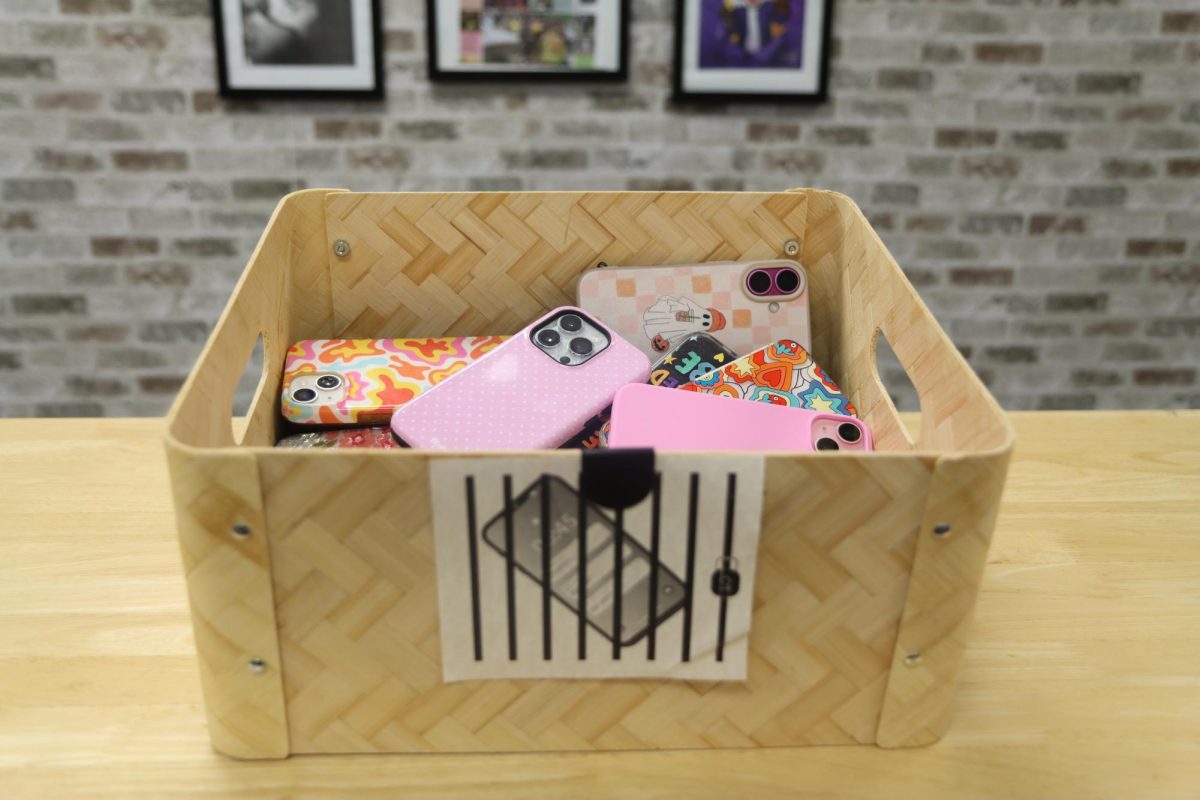






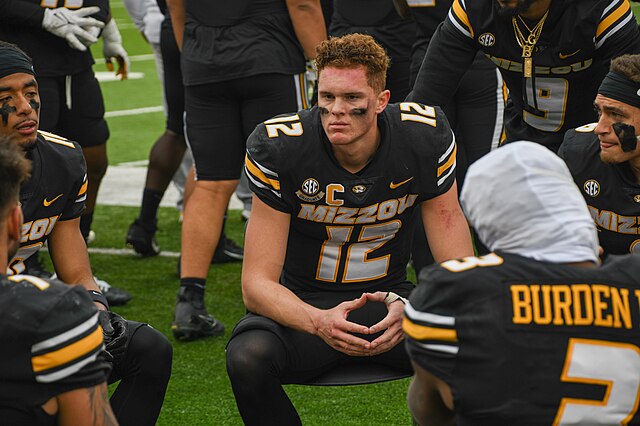


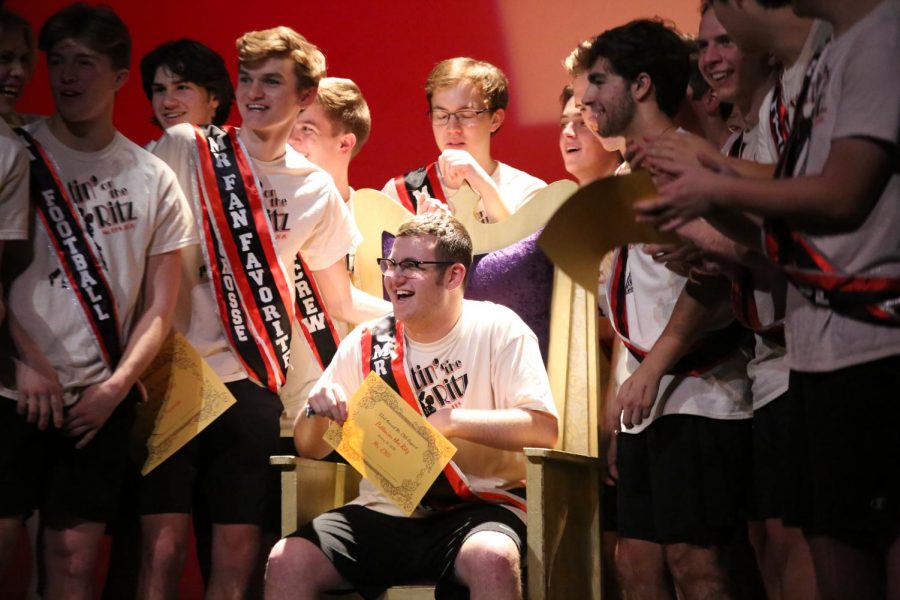

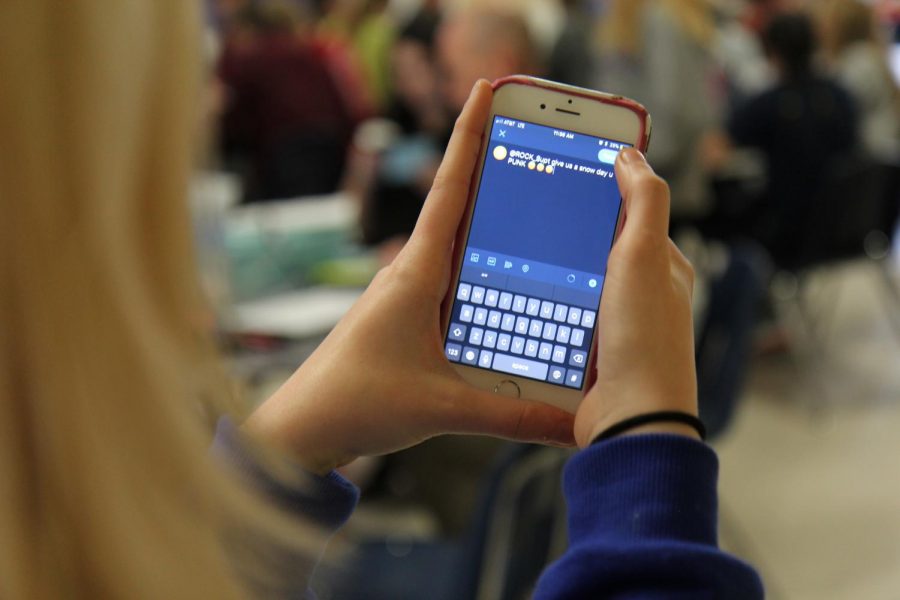
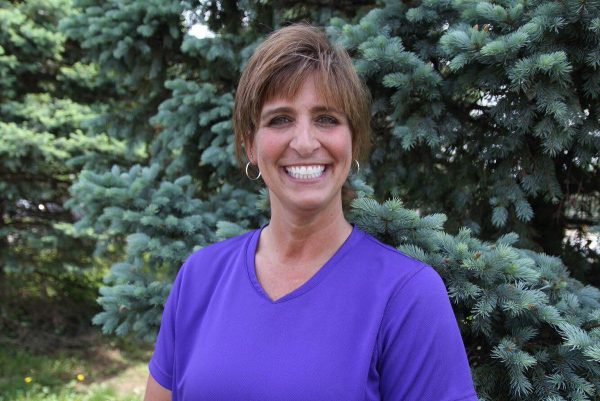
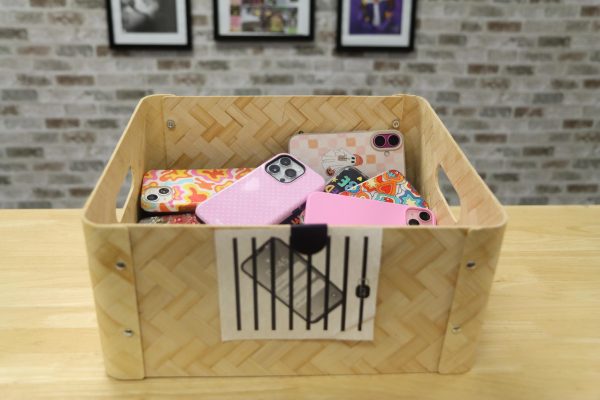
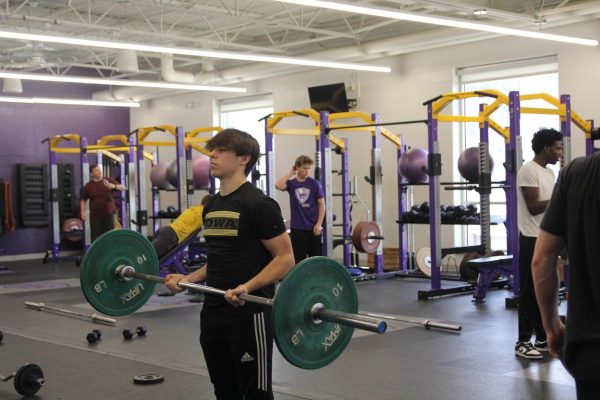
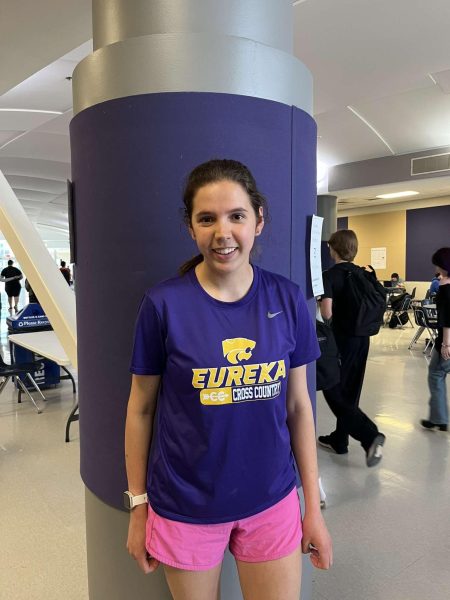
Adyson Delaney • Feb 11, 2018 at 1:39 PM
This article is a bit biasedly written. Feel as though opinions should be separate from reporting…as a reader I don’t want to read biased “news”.
Maria Perez • Feb 21, 2018 at 12:56 PM
Hi, Adyson! Thanks for your comment!
AnnMarie Gilman • Feb 9, 2018 at 10:19 AM
Great story!
Grace Miller • Feb 7, 2018 at 9:27 PM
Maria, this is extremely well written and reflective of the issue at hand. It is so important to see each side of social media use, both at the individual level and in the political arena. This story definitely made me more aware of the way in which I present myself online, and I hope it does the same for others.